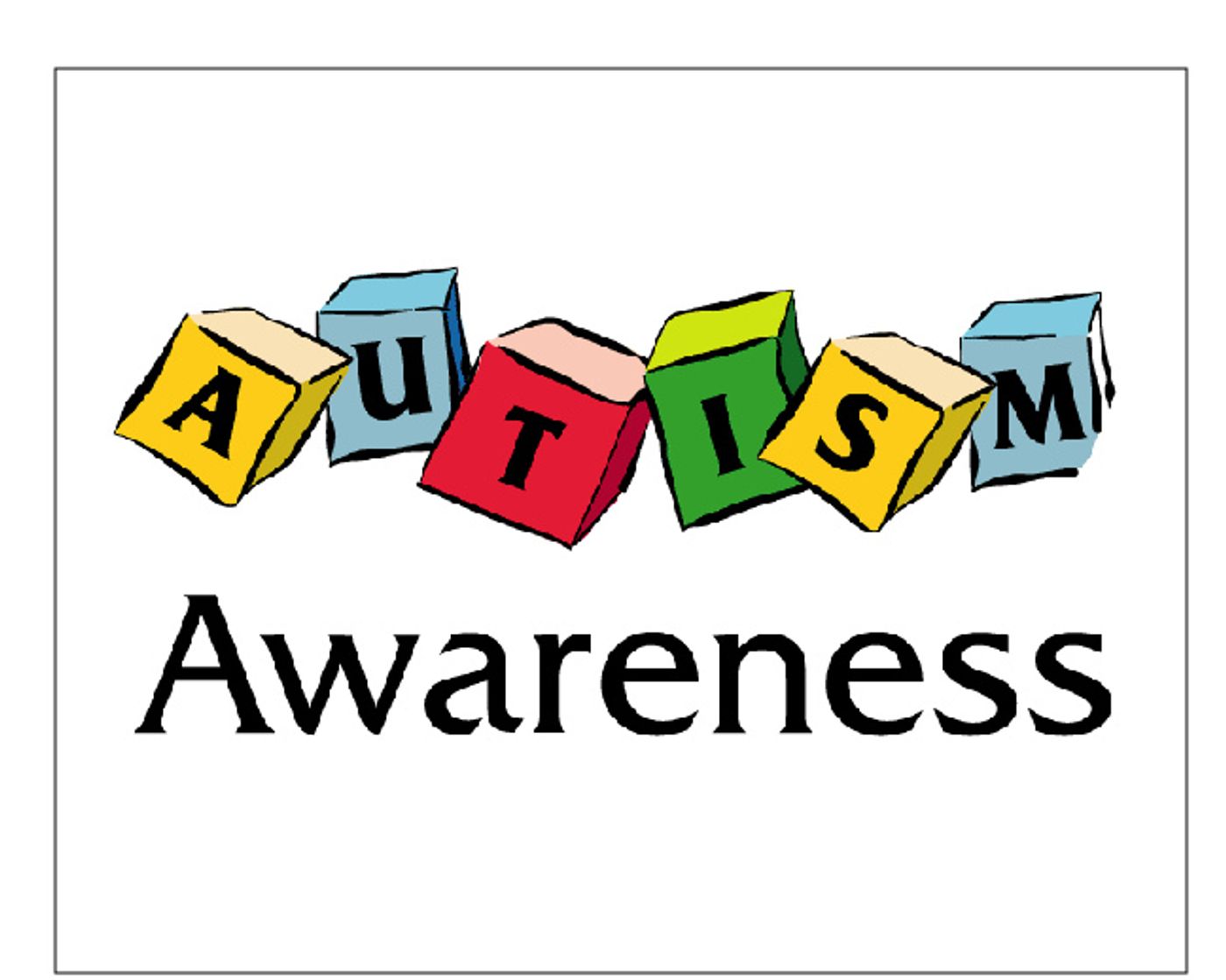The number of children diagnosed with an autism spectrum disorder (ASD) now stands at 1 in 68. Groups like Autism Speaks and The Autism Society have spent thousands of hours and likely millions of dollars to promote awareness, offer support groups and resources to families and lobby for inclusion and accommodation in public schools. But a recent study prepared by the Centers for Disease Control and Prevention, The University of Washington, The National Institutes of Health and the Health Resources and Services Administration suggests that ASDs might be over diagnosed.

The disorders that make up the autism spectrum are varied and can present differently in different patients. For the most part they are characterized by functional impairments in a child’s social interaction and communication, as well as the presence of restricted repetitive behavior problems. Those with autism or who fall on the autism spectrum can have trouble focusing, be rigid in routines and have difficulty transitioning from one activity to another, making school very difficult. It’s commonly accepted that ASDs are considered to be chronic and permanent conditions.
Because autism is a range of disorders rather than one specific set of deficits or behaviors, it’s difficult to diagnose.
In 2014, a CDC report cited that the number of autism cases had risen by 30% among 8 year olds between the short period of 2008-2010. That spike was later attributed in part to better diagnostic criteria resulting in some developmental delays being re-classified as autism, given that so much more information was available about the disorder.
The recent study, published in an article in the journal Autism entitled “Diagnosis lost: Differences between children who had and who currently have an autism spectrum disorder diagnosis” details the findings based on survey results of parents of children who are currently diagnosed with autism and those who were previously diagnosed but no longer have an autism diagnosis.
The study results showed that approximately13% of children originally diagnosed with an ASD had lost the diagnosis at a later point in life. The team found that there could be a variety of reasons why a child’s diagnosis would be changed. Early intervention has been shown to be very helpful for children on the autism spectrum and it’s possible that some of these children had good help early on and were able to overcome the symptoms of the disorder and achieve normal benchmarks in school and life skills. The percentage of children in this category was estimated at 4%.
Early intervention alone however could not account for the rate of lost diagnoses. A major factor that the team considered was new information. 74% of parents who had been told their child no longer had autism said the diagnosis had changed because of new information. Parents reported that as their children grew, some symptoms resolved and others appeared, usually those related to Attention Deficit/Hyperactivity Disorder. There is a great deal of overlap between ASDs and AD/HD and this could account for some over diagnosis of autism. The study concluded that approximately 9% of children diagnosed with autism may actually have some other issue.
Dr. Stephen Blumberg from the National Center for Health Statistics was the lead author
and said in the study "The results of this study suggest that some children with developmental delays, attentional flexibility problems, or other conditions may be receiving provisional yet inaccurate diagnoses of autism spectrum disorder from nonspecialists." Check out the video below to learn more about the study.









